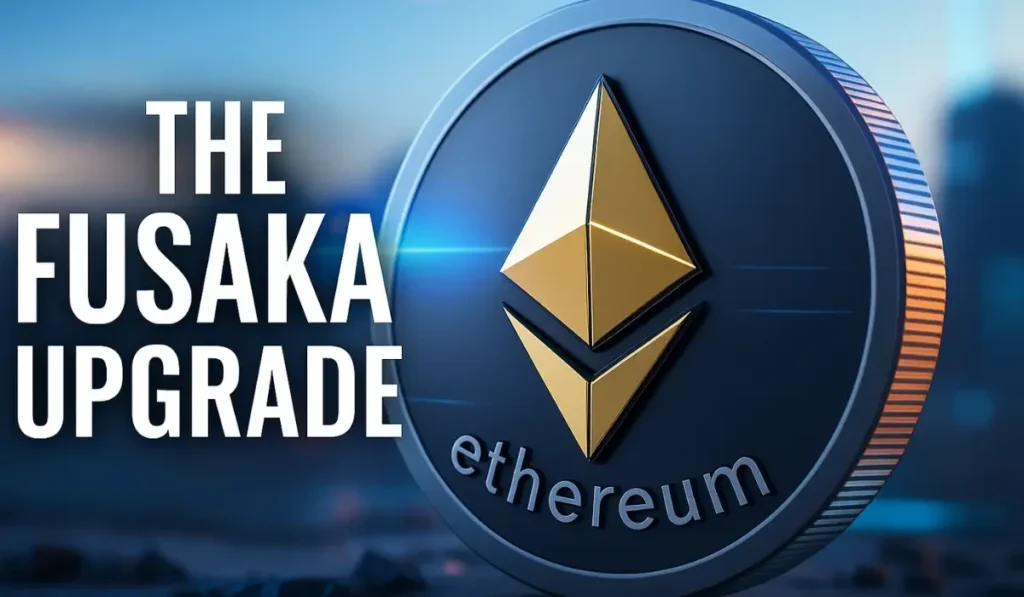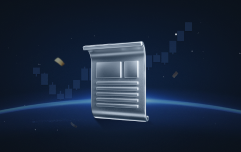Ethereum Fusaka Upgrade: All You Need to Know
Improvements are a continuous part of Ethereum’s journey. With the upcoming Fusaka upgrade, Ethereum expects to further improve its system’s efficiency and scalability.
This upgrade is expected to help the mainnet support a larger number of transactions while making the whole experience a lot smoother. From industry sources, it has become known that the upcoming upgrade may be deployed on the mainnet by the end of 2025. With its several testnets being deployed already, the team at Ethereum is also offering a bug-bounty contest worth $2 million for a period of four weeks
Through this article, we will see how this upgrade is going to impact Ethereum and make it a better and more efficient system.
The Fusaka Upgrade

To increase the current limit on the number of transactions possible, Ethereum is performing the Fusaka network upgrade. This will inevitably raise the gas limit from 45 million to 150 million.
Each transaction on the network requires a certain amount of computational power; the gas limit is used to set the upper limit of this computational power. A higher gas limit means a higher capacity and a larger number of transactions.
The Fusaka upgrade is not limited to the gas limit raise; it has plans for two main technical upgrades as well.
- Peer Data Availability Sampling
- Verkle Trees
Peer Data Availability Sampling – PeerDAS

Previously on the mainnet, the validators had to download entire data blocks for verification. With the Fusaka upgrade, the team is trying to reduce this load by eliminating the need to download entire data blocks; instead, they now collect small data from different parts of the blockchain and make the checks.
Verkle Trees
This is a specific way of accommodating the data of the blockchain. Usually, Merkle trees were used for such data accommodations. Verkle trees use a different algorithm to operate, which helps reduce the bandwidth requirement while maintaining the computation load. This is very helpful to the ecosystem, as a more advanced algorithm on an upgraded blockchain could potentially improve speed and efficiency. Additionally, there are node service providers who are integral to the proper functioning of the mainnet. This bandwidth adjustment will immensely help them and, consequently, strengthen the system.
PeerDAS and Verkle trees combined will lower the overall load on the system, which is highly beneficial for the entire mainnet.
The Need For The Upgrade
Ethereum is a popular cryptocurrency. It is a personal favorite of the industry, right behind Bitcoin. This upgrade is long overdue and something that could potentially stabilize the system even further.
A popular network has to process a large number of transactions, and this is one of the main reasons why there are network congestions in Ethereum from time to time. This congestion means that the system is overloaded; in conditions like these, the transaction prices increase and the whole system slows down.
The Fusaka upgrade can help overcome this congestion. With the Fusaka upgrade, each block is now engineered to carry more transactions. While the Fusaka upgrade fixes things, the most important part is that it does all of this while keeping the system open and decentralized.
Challenges To Implementation
As the network accommodates larger blocks, node providers have to deal with more data than they usually do. The PeerDAS and Verkle Tree become handy here in this regard, making it better for them to handle all the extra load.
Also, the network may announce additional benefits for its node operators for handling the extra load; however, nothing is certain at this point.
Fusaka For Users
The upgrade is considered a great benefit to the users who get a much better-performing system with fewer congestions and faster transactions.
With congestion a much less problem, gas prices become largely predictable even though they may slip at times.
Fusaka For Developers
Ethereum developers have to submit data to the Ethereum mainnet to push their developments into reality. A faster network that does not require developers to download the entire blockchain means they can spend more time on their development.
A protocol by the code name EIP-7939 adds certain features that enable developers to make complex math operations in the ZK and DeFi platforms cheaper and less complex.
The EIP-7917 protocol makes the on-chain prediction much easier, ensuring that transactions go through easily and unhindered.
Fusaka For Ethereum
The revolutionary upgrade is expected to take Ethereum to the next level of financial integration. With speed, efficiency, and security as the top priorities, Ethereum could blend in with everyday financial activities without the knowledge of the transactors.
With Layer 2 implementations growing by the minute, this upgrade has been long overdue. The large number of layer 2 implementations has now created a data bottleneck; with PeerDAS, the Fusaka upgrade aims to get rid of this bottleneck.
Network Strength
To ensure network strength, Fusaka is capping the single transaction size. This protocol is code-named EIP-7825. This security feature is put in place to ensure that no single large transaction will clog the entire mainnet.
There is yet another security protocol code name EIP-7934 that limits the total physical size of a block and thereby prevents spamming.
Conclusion
The Fusaka upgrade aims at strengthening Ethereum and maintaining a much efficient mainnet. Specific areas have been identified and addressed in this upgrade.
With all of these tactical advantages coming up, Ethereum has not given up on its principles of decentralisation and security. In fact, certain protocols are specifically designed to sharpen the mainnet’s overall ability to resist attacks, both external and from within.
FAQ
The Fusaka upgrade is expected to be released by 3rd December 2025. (Subject to change)
There are 3 planned testnet launches, of which Holesky and Seopila testnets have already been launched.
The gas limit for the Fusaka upgrade is expected to increase from 45 to 150 million. (Subject to change)
The overall system will be enhanced, and transactional bottlenecks will be eliminated; this could mean reduced transaction costs, but it is not certain.
The general idea of the upgrade is to make the system more efficient, and validators may need to update their software and systems by a small margin to accommodate the bandwidth requirements
The post Ethereum Fusaka Upgrade: All You Need to Know appeared first on BiteMyCoin.
You May Also Like

Cleaning Up Crypto ATMs Isn’t Anti-Crypto

Incremental Learning: Comparing Methods for Catastrophic Forgetting and Model Promotion
